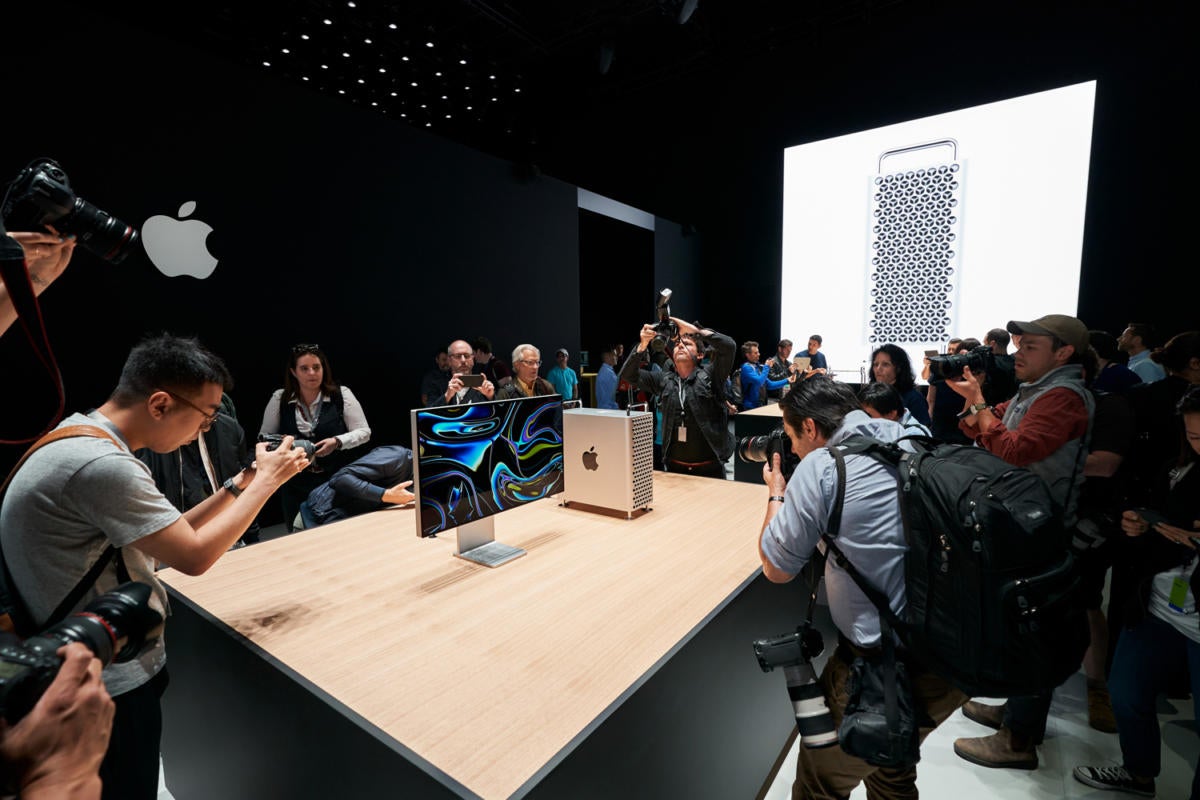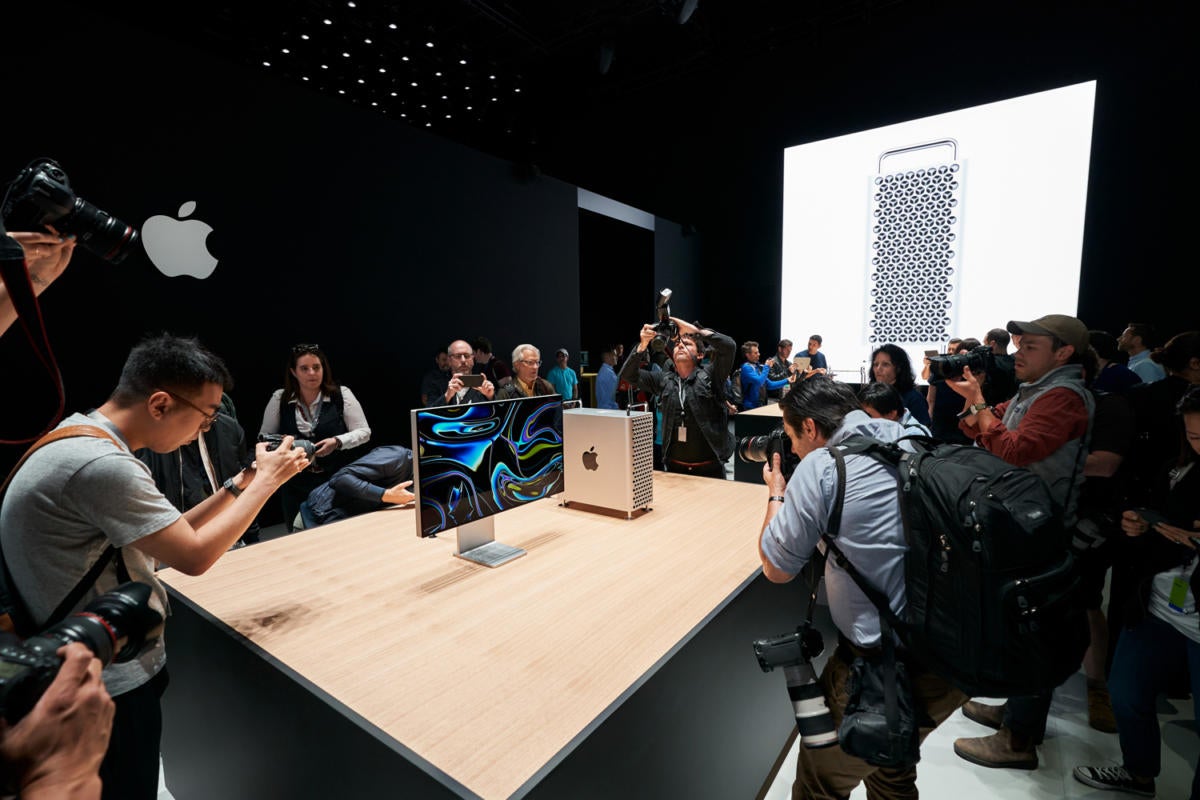
Promising Apple Silicon Mac performance benchmarks have appeared on Geekbench as developers begin to speed test these new Macs. It appears they already run as fast as some Windows devices.
The best is yet to come
This data doesn’t tell the whole story. For example, we know these Macs are running an early beta of the operating system; we also know that the speed tests themselves are not optimized for the processors or the OS.
In fact, the data simply gives us a little insight into how well these Macs handle code when run in what Apple calls Rosetta 2 emulation, which is quite promising in itself.
All the same, future chapters of Apple’s “by the playbook” processor migration strategy will likely see Apple translate its leadership in mobile chip development into similar advantage in the PC market.
All according to plan?
Ex-Windows chief Steven Sinofsky calls this “unprecedented execution” because Apple’s chip development teams are already investing in faster, higher-performance processors. The company is expected to introduce 5-nanometer Apple Silicon chips inside iPhones this year – and even that’s not the end of the company’s ambition.
Apple’s processors are mostly manufactured by TSMC, which recently invested billions in a 3-nanometer fabrication facility from which mass production is expected to begin in 2022-23. In other words, while Apple is widely expected to deliver vast performance and power efficiency gains in the next generation of processors in its iPhones this year, by the time 5G deployment really takes off (in two to three years) it will have access to an even more high-performance chip architecture.
Intel, meanwhile, is struggling to reach 5-nanometer processors, and likely won’t do so until 2023.
Playing leapfrog
In essence, this means that by the time Intel is in position to field PC chips created using a 5-nanometer process, Apple Silicon may already have reached 3-nanometers. That’s significant as it makes for faster computers running with far more power efficiency.
It’s difficult to enumerate what that might equate to in real-world performance terms, but a quick glance at history should give you some idea:
- The 14-nanometer A10 Fusion iPhone 7 chip was the first Apple-designed SOC; it delivered 40% better processor performance and 50% better graphics than the one it replaced.
- The 7nm A11 processor that followed unleashed a 25% performance boost in contrast to the A10.
- Last year’s A12 again unleashed significant performance gains over the A11.
- The current A13 chips deliver 20% more performance and 40% better power efficiency than 2018’s A12.
Where are we now with Apple Silicon Macs?
Apple is currently shipping limited quantities of Developer Transition Kit Macs to developers. These are Space Gray Mac minis with 16GB of RAM and Apple Silicon A12Z processors – the same chip that powers the iPad Pro, which is itself a variant of the processor used in the iPhone XS/XR. Some developers chose to disrespect the terms of their developer agreement by publishing Geekbench performance data.
That data suggests these developer-only, early field test Apple Silicon Macs achieve average scores of around an 811 points (single-core) and 2871 (multi-core) in contrast to the 726/2831 scores achieved by Microsoft’s Surface Pro X. (Apple had previously claimed the new iPad Pro using the same/similar chip delivers performance that tops some Windows laptops.)
That’s a promising start for Macs running a version of a two-year old chip – and bodes well for future iterations, particularly as Apple’s silicon migrate to 5- and then 3-nanometer process designs.
That’s the hardware, but it’s also important to consider the software. Not only are these tests running in emulation mode (see above), but the operating systems themselves are only now seeing semi-public life outside of Apple’s top secret, Ninja-protected hardware labs.
Apple’s Big Sur is already running on Apple Silicon, but it can – and will – run better, as will applications as they are re-tooled to run natively on the new chips, rather than using emulation.
What about Windows emulation and Intel Macs?
There are some concerns around Windows support on these new Macs. It’s pretty clear Apple is thinking about that – why else show Linux running on Parallels on these Macs at WWDC earlier this month?
The company has said it will abandon Boot Camp and that when it comes to running other operating systems on Macs, it’s going to be about virtualization. But there’s no news yet on Windows.
I expect this is something we hear more about later. Boot Camp was a genius move when Apple moved to Intel chips in the Windows-dominated market of 2005, but 2020 is a different world in which Apple’s iOS leadership is prompting many companies to migrate to Mac.
(I do think Windows virtualization is coming.)
Some Mac users (particularly those investing in high-end Mac Pro systems) are probably also concerned about the long-term return on their investments. Apple has said it plans to continue selling Intel Macs “for years” and that it will support macOS on those Macs for some time to come. Given that some of the company’s most professional customers will whip productivity out of their machines for six, seven, eight or more years, there is concern as to how long “for years” turns out to be.
Apple could surprise us here. Think about the Mac Pro – might Apple simply offer an Apple Silicon upgrade system to fit into its spare slot?
One thing Apple may not be able to control is which software developers choose to charge customers to upgrade to Apple Silicon-native builds of their applications, which could end up costly in pro markets.
The sunshine glimmer through those clouds seems to be that by the time Apple truly does begin to declare current Intel-based Mac systems EOL, the Apple Silicon Macs it will be offering may hold 3-nanometer processors that deliver far more punch than current PCs at impressively low energy costs.
After all, if an early adopter’s A12-based system can deliver the kind of performance it already provides, Macs built around A13 or the (as yet non-existent-outside-Apple’s labs) A14 chips promise much, much more.
Of course, these chips will also feature other Apple Silicon development team innovations such as on-chip machine learning, high security and integrated graphics, networking and connectivity silicon – all tied tightly together to deliver more computational efficiency by being tweaked for best results together.
The bottom line?
Apple’s Apple Silicon Macs will vastly exceed expectations. I’m looking forward to testing them out.
Please follow me on Twitter, or join me in the AppleHolic’s bar & grill and Apple Discussions groups on MeWe.


